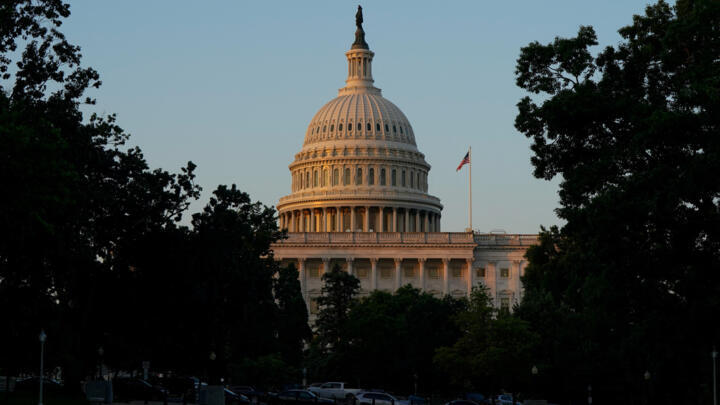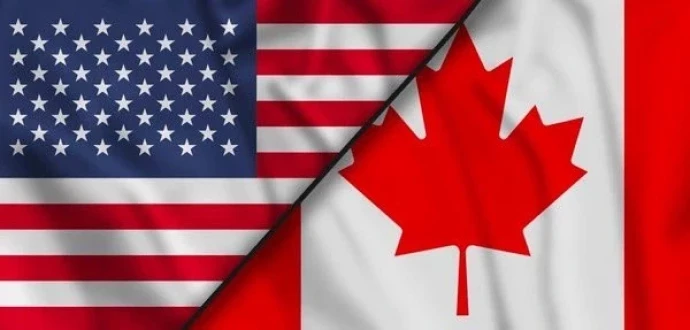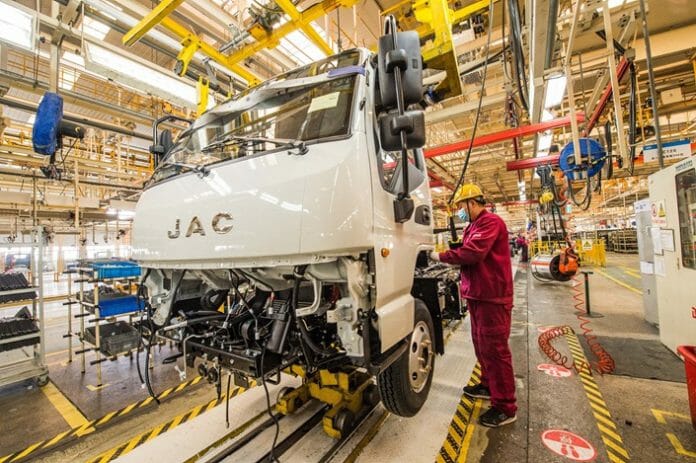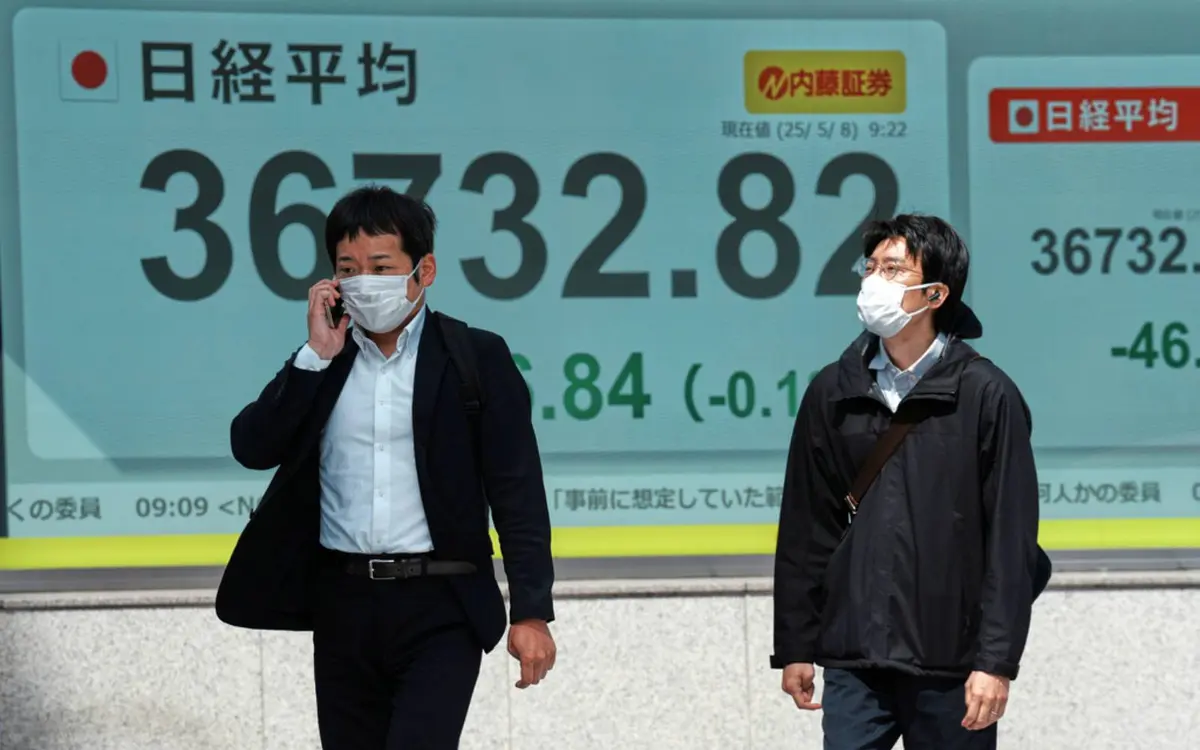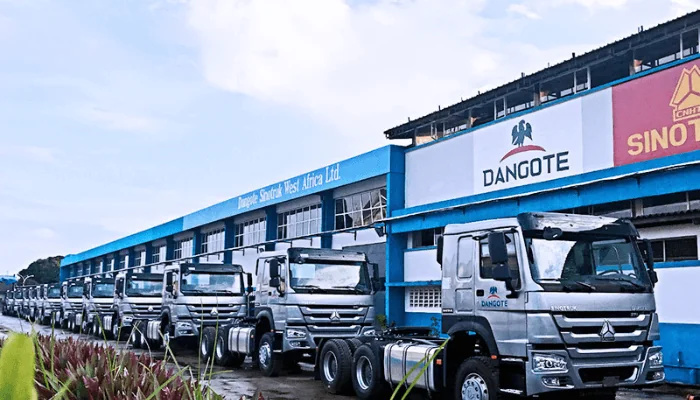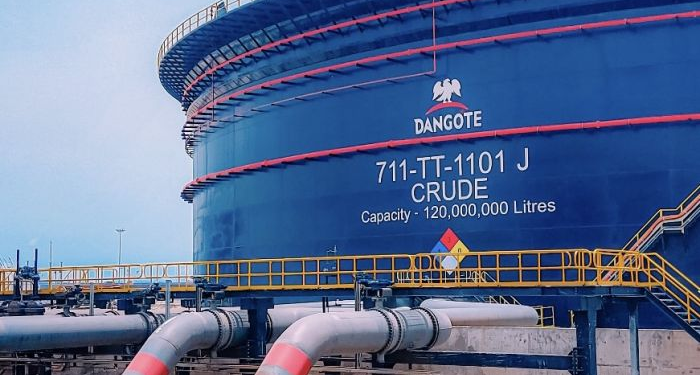By Ayomide Otitoju
President of Dangote Group, Aliko Dangote, has revealed that the $20 billion Dangote Petroleum Refinery is increasingly sourcing crude oil from the United States due to persistent domestic supply shortfalls. The disclosure comes as the refinery ramps up imports to meet its production target of 650,000 barrels per day.
Speaking during a visit by the Technical Committee of the Federal Government’s One-Stop Shop (OSS) initiative on the naira-for-crude oil exchange, Dangote said the refinery had received approximately 3.65 million barrels of crude over the past two months and is projected to import a total of 17.65 million barrels between April and July 2025. The bulk of this will come from the U.S., particularly the West Texas Intermediate (WTI) Midland grade.
According to Dangote, the reliance on U.S. crude underscores ongoing challenges in accessing sufficient Nigerian supply, despite the government’s recent efforts under the naira-for-crude policy. The facility, which was designed to process various global crude grades, has seen U.S. shipments dominate its cargo mix, even as allocations from the Nigerian National Petroleum Company Limited (NNPC) remain inconsistent.
“Our refinery has increasingly relied on imports from the United States to maintain production,” Dangote stated in a company release. He, however, praised the naira-for-crude initiative, citing its positive impact on local fuel prices, foreign exchange stability, and economic resilience.
The Coordinator of the OSS Technical Committee, Mrs. Maureen Ogbonna, who led the delegation to the refinery, hailed the project as a catalyst for Nigeria’s industrial transformation. “This facility is touching every aspect of our economy—from agriculture to manufacturing and pharmaceuticals. It represents a new era of economic self-reliance,” she said.
Data compiled by Blue Sea Maritime and confirmed by Bloomberg shows that from April 6 to May 28, 2025, 22 vessels delivered 3.65 million barrels of crude to the Lekki-based refinery. This figure is expected to rise sharply in June and July, with nine million and five million barrels respectively scheduled for delivery—again mostly from the U.S.
An analysis of total crude receipts between December 2024 and July 2025 shows the refinery imported 27.1 million barrels from the U.S., compared to 46.2 million barrels sourced from Nigeria, underscoring the growing dependence on foreign supply.
Experts say the preference for WTI stems from its light sweet characteristics, which are ideal for refining into high-value products like petrol, diesel, and aviation fuel. “WTI offers higher reformate yields and is better for gasoline blending,” said Randy Hurburun, Senior Refinery Analyst at Energy Aspects.
Meanwhile, global oil analyst Aleksandr Butov said the development highlights the ongoing production and infrastructure challenges plaguing Nigeria’s oil sector. “Despite repeated assurances from the government, the fact that a Nigerian refinery must rely on U.S. crude is telling,” he noted.
The naira-for-crude agreement, initially signed in late 2024, aims to support local refining by allocating domestic crude to Nigerian processors, thereby conserving foreign exchange. The deal, recently reinstated after expiring in March, includes an initial 350,000-barrel allocation to the Dangote refinery.
In addition to crude importation, the facility boasts world-class infrastructure, including a deep seaport capable of hosting the largest tankers globally and a cutting-edge petrochemical lab praised by visiting officials.
While the refinery continues to import feedstock from Angola, Brazil, and Libya, the U.S. has emerged as its largest supplier in recent months.
Despite ongoing criticism, Dangote reaffirmed his commitment to national development, saying the refinery is not merely a private venture but a strategic national asset. “This project is about Nigeria. It is a bold investment in our future,” he said.
The refinery is expected to meet 100% of Nigeria’s domestic demand for petrol, diesel, kerosene, and jet fuel, with surplus capacity earmarked for export markets.


